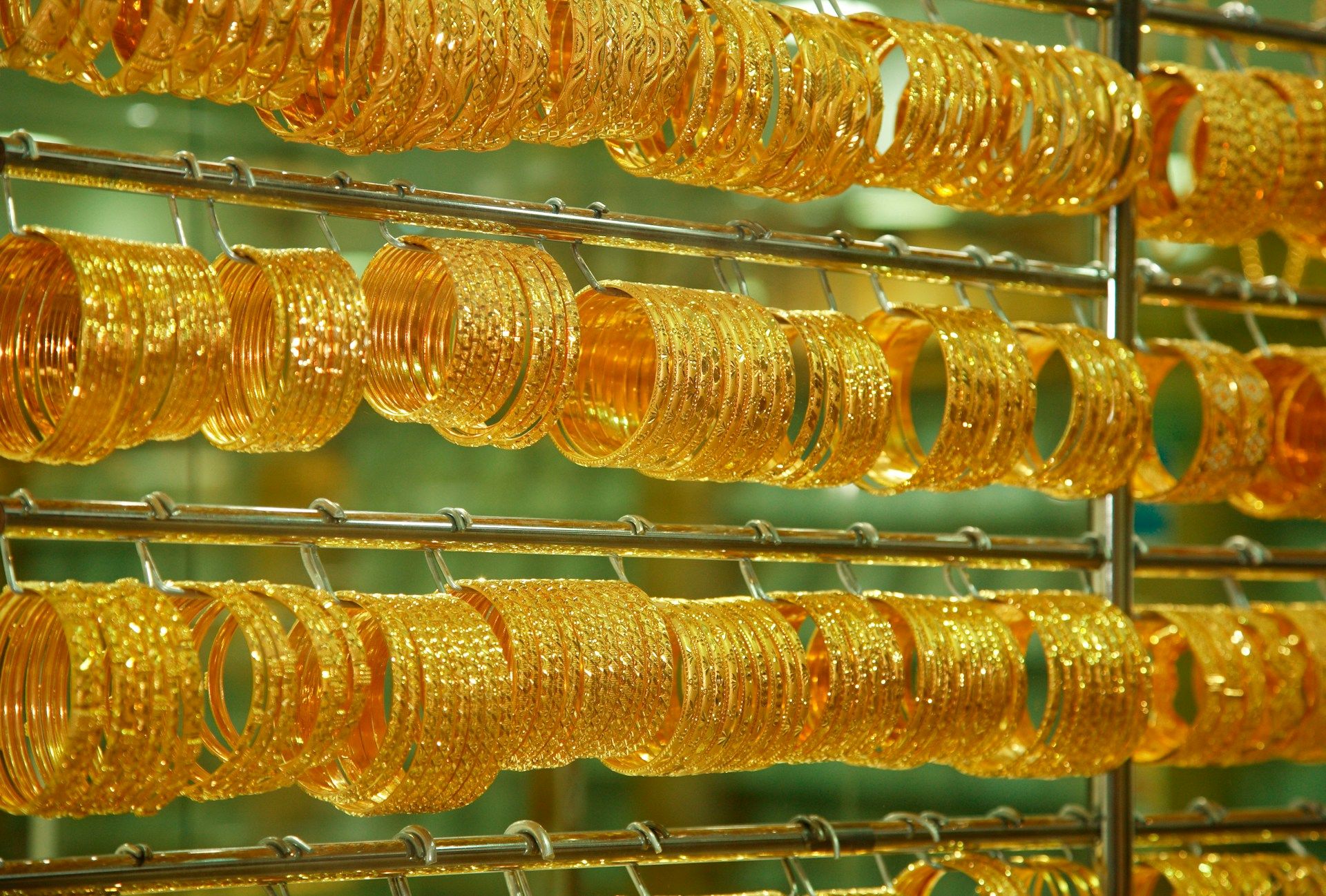Will Gold in 2025 Outperform its Record Year of 2024?
Gold could possibly be on for another record annual performance in 2025, up 28% through to November 2024. Even though consumer demand decelerated, this was offset by investor and central bank buying. In Asia, investors’ presence was a constant and in Q3 2024, western investment flows were fuelled by a weakening US Dollar and lower yields. However, experts suggest that this quite remarkable performance was fuelled by the role gold plays as a hedge amidst geopolitical risk and market volatility.
2024
Data released shows, without a doubt, that 2024 was a record year for gold as it increased by more than 28% where the trading average was up 22% compared to 2023. Gold also hit forty new records against currencies, plus for the first time gold demand surpassed USD100 Billion.
Other data released shows that in many regional financial markets, volatility and geopolitical risk supported investment demand for gold, especially in OTC *(over the counter) demand. Central banks (who have been net buyers for just about 15 years) were again to the fore, continuing to add to gold reserves picking up the pace in early October 2024. As central bank began to cut interest rates, investors in the western world made a beeline to purchase gold.
*OTC Market – OTC or Over-The -Counter trading is the process of trading commodities such as gold, stocks, bonds, and derivatives without the oversight of a central exchange. OTC trading is different from exchange based trading where transactions take place on a centralised exchange such as the London Stock Exchange, the Nasdaq, or New York Stock Exchange. OTC trading takes place between a network of participants such as brokers, banks, and other financial institutions that trade directly (not via an exchange) with each other.
2025
The world waits with bated breath to see the outcome of a Trump2 presidency, and the effect the new administration’s policies will have on the economies of many countries. Many experts suggest that the Federal Reserve will deliver 100 basis points cut by the end of the year with the ECB (European Central Bank) and their associate central banks following suit to one degree or another. Historic data shows that gold has risen by as much as 6% in the first six months of a rate cycle, with its subsequent performance swayed by the depth and length of that cycle.
Gold’s largest markets are India and China, with both making up 60% of annual demand (not including central banks). In China, experts hope for increased economic growth (more likely through government stimuli in the Q1 and Q2) to keep gold investment at the forefront of consumer demand. Once again, central banks are expected to have a positive impact on gold with analysts suggesting that the current trend is not likely to decelerate, and some analysts predicting central bank buying could outpace 2024.
Conclusion
Experts in the arena suggest that gold will remain rangebound, with a dovish Federal Reserve having a positive impact on gold. However, if inflation returns to the US economy as some experts predict (due to Trump2 policies), a reversal in Federal reserve policy will have a negative impact on gold. Geopolitical problems in 2025 are expected to have a positive effect on gold, and as long as India’s economic growth remains above 6.5% demand from that country will be along the 2024 levels.
Analysts advise that currently the same factors are in plac in 2025 that drove gold’s record breaking performance in 2024, however it could be positively impacted if Donald Trump makes good on his tariff policy and provokes a trade war with investors fleeing to safe havens such as gold. Furthermore, the gold world will be keeping an eye on China, as consumer demand will more than likely depend on improved economic growth.



